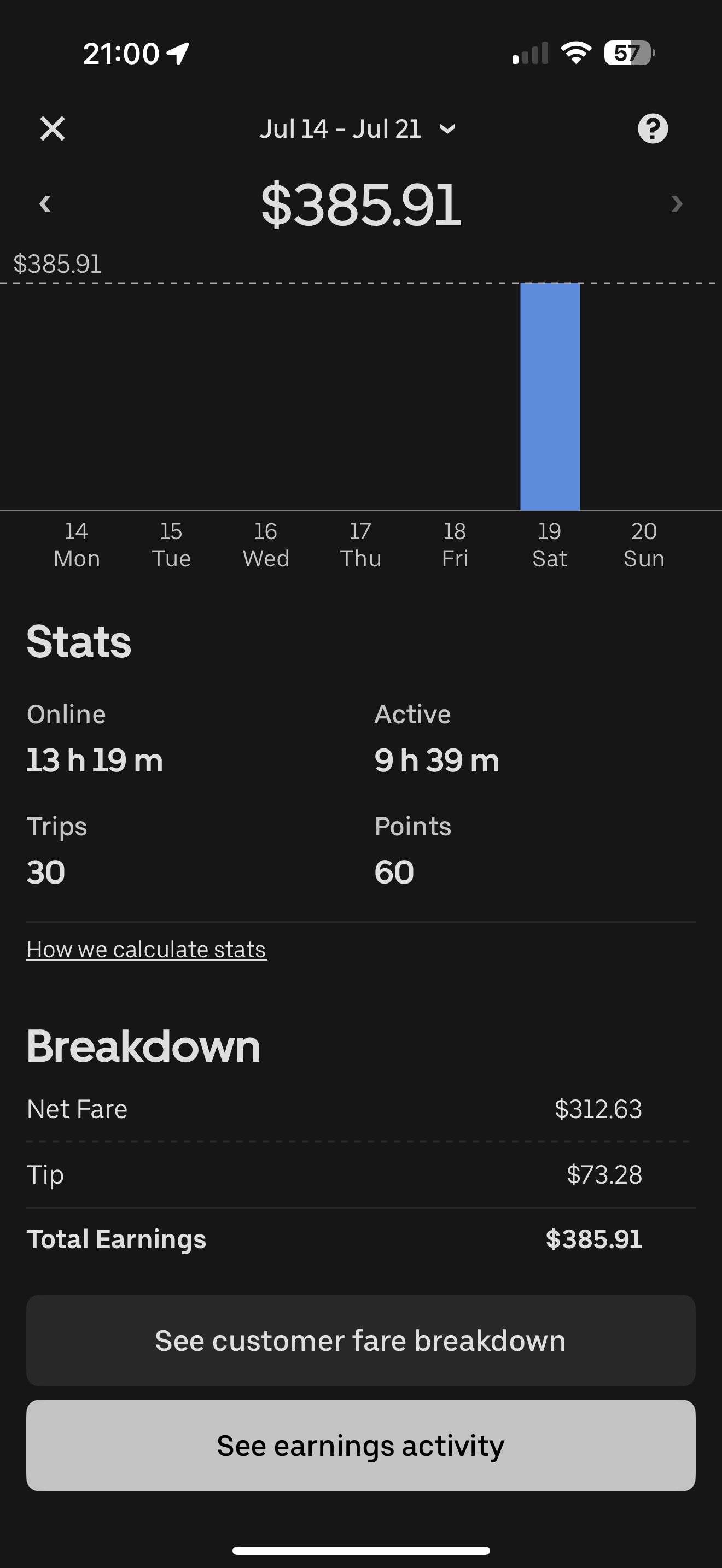My Uber Driver Analysis of the Uber Lucid Partnership
Uber is investing $300 million for 20,000 autonomous cars, in a partnership with Nuro and Lucid Motors over the next six years.
Okay. I'm a little curious. But I quickly didn't see the value, especially as I began looking at the numbers.
Let’s break down the numbers:
Uber is investing $300 million for 20,000 cars, which equates to approximately $15,000 per vehicle. This figure strikes me as unrealistic. These cars would undoubtedly cost more, indicating other possible funding sources. The six-year timeline also seems super slow.
Dara, Uber’s CEO, stated that this partnership will safely introduce autonomous driving to more people globally. While the Uber app is excellent, actually handling a fleet of vehicles is far more complex than the app itself or even the autonomous driving aspect.
Waymo and Uber Driver Data as a Comparison
To place things into perspective, I compared my Uber driving numbers with Waymo’s statistics. According to the data, Waymo conducts approximately 250,000 trips per week with 1,500 vehicles, averaging 167 visits per vehicle per week. That’s about 24 trips daily, a surprisingly low number.
Based on my personal experience, I did 30 trips in 13 hours last Saturday, over 205 miles. Meanwhile, a Waymo vehicle operates potentially 20 hours a day, managing approximately two trips per hour. This is super low and I assume the Waymos are not being fully utilized.
Last Saturday, Uber generated just over $665 from my trips, with highlights including $44 in taxes and $143 in insurance costs. My personal expenses totaled $71, resulting in Uber’s gross profit of around $405, a respectable 61% gross margin.
61% gross margin without a driver is super exciting. If each trip generates a gross margin of around $13.51, this like a potential annual gross profit of $175 million for Waymo.
The Future of Robotaxis
Reflecting on Uber’s plan to deploy 20,000 cars across the U.S. over six years, it appears inadequate for achieving a significant impact. For comparison, Tesla anticipates producing millions of vehicles in the same period, operating efficiently across networks. While Uber has built an impressive app, managing a fleet extends beyond this, raising concerns about execution.
Admittedly, I’m somewhat skeptical about these developments, though I’m an advocate for autonomous vehicles.
Let me know your thoughts or insights on the Uber/Lucid collaboration or the broader realm of autonomous taxis.


